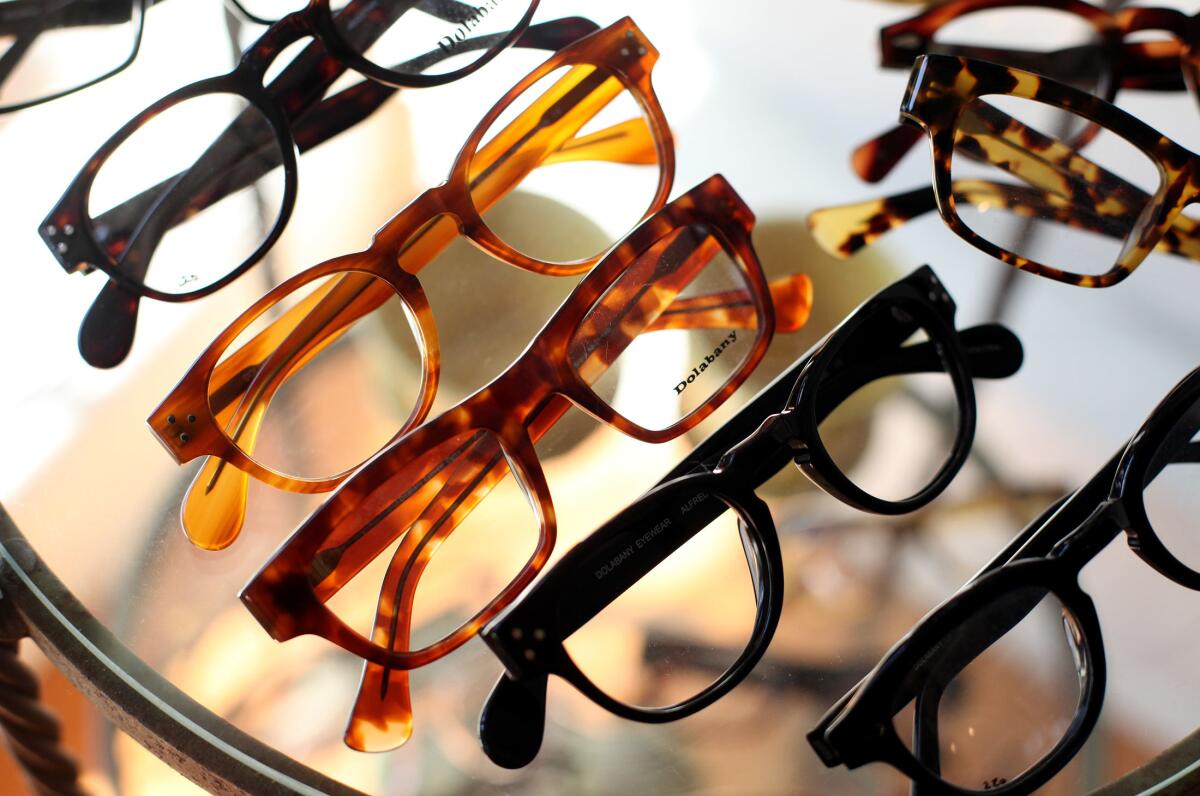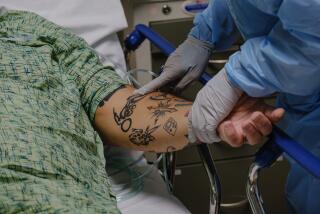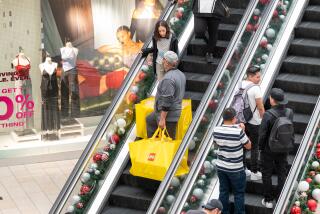Tips for using flexible spending dollars before yearâs end

Still have money set aside for medical expenses that you need to spend by the end of the year?
There are plenty of ways to meet the deadline for flexible spending accounts, and you donât need to buy big-ticket items. You can use up the balance on everyday purchases such as bandages and items youâve already bought.
Flexible spending accounts, or FSAs, let workers have pretax money deducted from each paycheck to pay for healthcare costs not covered by insurance or other plans. For 2019, the amount was up to $2,700. Next year, itâs $2,750. Because theyâre not taxed, those dollars go further.
âMost people could find 10 things that they buy regularly that could qualify for FSAâ by reviewing their receipts from pharmacies and supermarkets, said Jina Etienne, a Silver Spring, Md., certified public accountant. âItâs tedious, but Iâll do a lot for free money.â
The accounts are popular. There are about 15 million of them covering a total of 35 million Americans, said Jeremy Miller, founder of the decade-old FSAstore.com, which guarantees all 4,500 products it sells are FSA-eligible and notes which items require a doctorâs prescription.
Pharmacy chains and some major retailers also indicate FSA-eligible items on their websites, including CVS Health, Walgreens, Costco, Walmart and Amazon. They usually also note which purchases are FSA-eligible on customer receipts, making record keeping easier.
To start, check your spending deadline with your FSA plan administrator or employee benefits office. Some plans have a use-it-or-lose-it policy. But most companies give workers until mid-March of the next year to spend the balance or let them roll over up to $500, said Gary M. DuBoff of accounting firm MBAF in New York.
Then review what youâve already spent, check your medicine cabinet for things running low, and try squeezing in care youâve postponed, like lab tests or getting an eye exam and new eyeglasses.
Some often-overlooked items that experts note are FSA-eligible:
â Copays for doctor and emergency room visits, prescription medicines, other out-of-pocket expenses and some health insurance premiums.
â Bandages, hearing aids, first aid kits, antiseptic spray and wound ointments, heating pads, compression socks, blood sugar test kits, pill organizers, blood pressure monitors, crutches, wheelchairs, and wigs for people whoâve lost their hair due to a disease, along with replacement batteries and shipping costs.
â Family planning expenses such as birth control pills, pregnancy tests, prenatal vitamins, in vitro fertilization, vasectomies and abortions.
â Baby and child items such as breast pumps and related supplies, breastfeeding classes, training pants but not regular diapers, allergy ID bracelets and âsmartâ items such as socks that monitor breathing and wireless thermometer patches.
â Dental treatments, including X-rays, teeth cleaning, fillings, crowns, braces, extractions, dentures and denture cleaning supplies and fluoride treatments to prevent tooth decay.
â Out-of-pocket costs for corrective eye surgery, prescription glasses, readers, wipes and repair kits for glasses and contact lenses and solutions.
âOver-the-counter medicines for colds, allergies and pain and more usually are not FSA-eligible, but they are if your doctor writes a prescription for them.
â Fitness-recovery products such as braces for wrists, knees and elbows, along with hot and cold packs, portable nerve-stimulating devices to control pain and special elastic tape to support injured areas.
â Steam inhalers and CPAP machines for respiratory care.
â Ambulance rides, lodging near a hospital and trips to your doctor, via car, taxi or public transit. Receipts or written records are needed.
â Inpatient addiction treatment, service animal costs, nursing services and Braille books.
Before buying anything you want to deduct, make sure itâs FSA-eligible. Check with your plan or review Internal Revenue Service publication 502 for allowable medical deductions. Sometimes there are limitations. For example, sunscreen and lip balm are only eligible with an SPF of 15 or higher.
DuBoff noted that plenty of items donât qualify, including cosmetic surgery, medicines purchased from outside the U.S., pet medicines and medical marijuana.
Johnson writes for the Associated Press.
More to Read
Inside the business of entertainment
The Wide Shot brings you news, analysis and insights on everything from streaming wars to production â and what it all means for the future.
You may occasionally receive promotional content from the Los Angeles Times.










